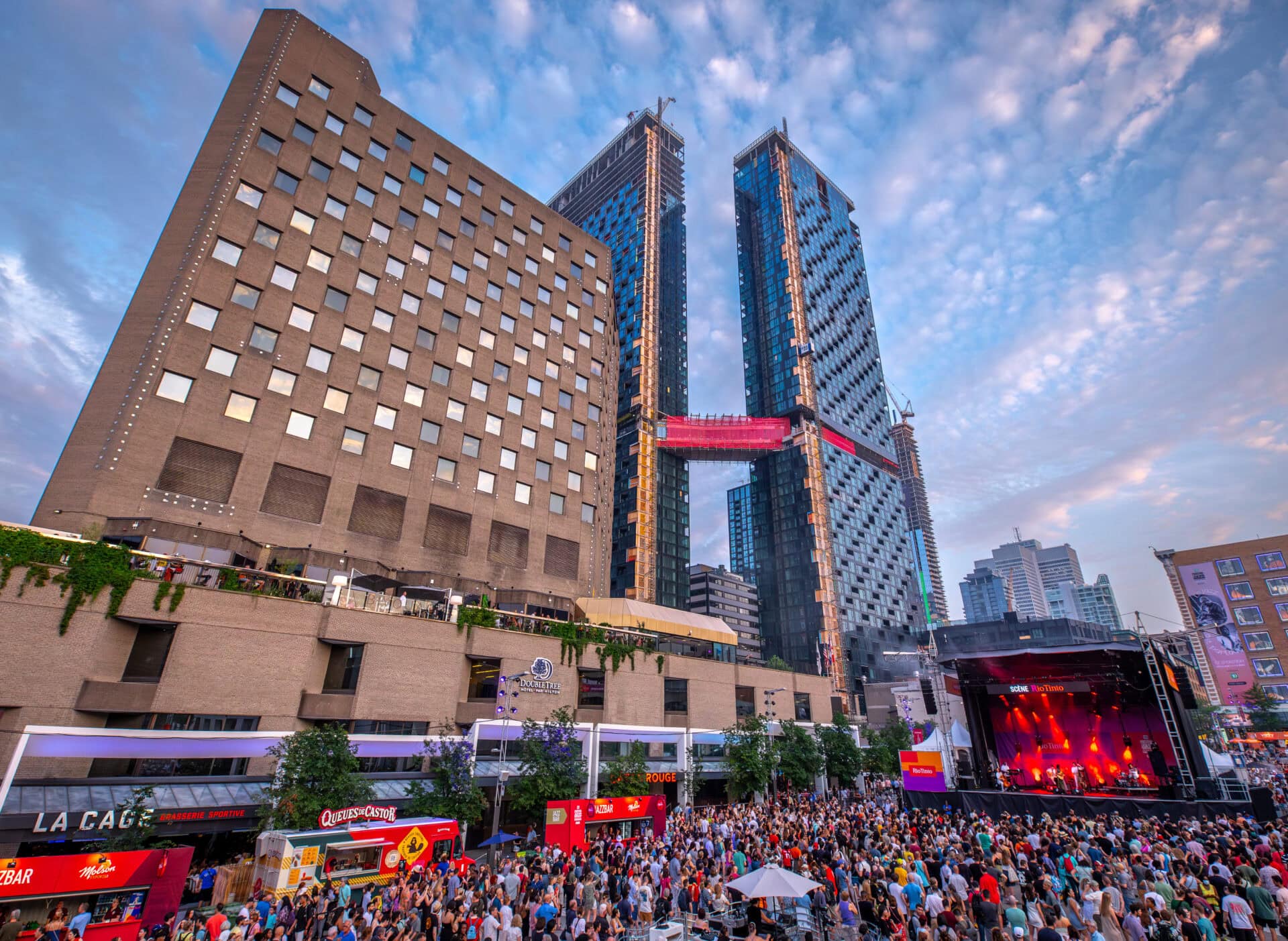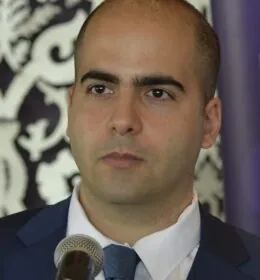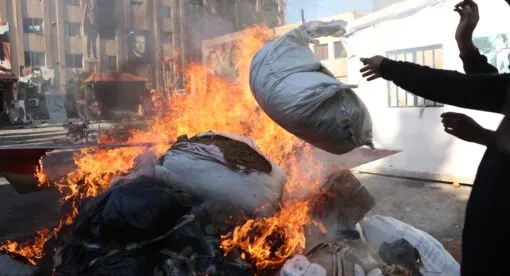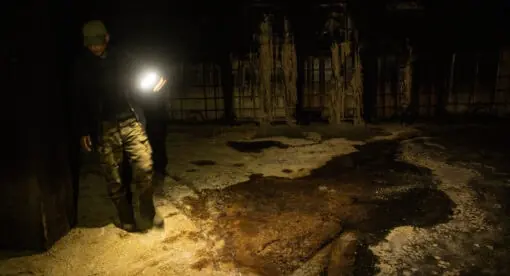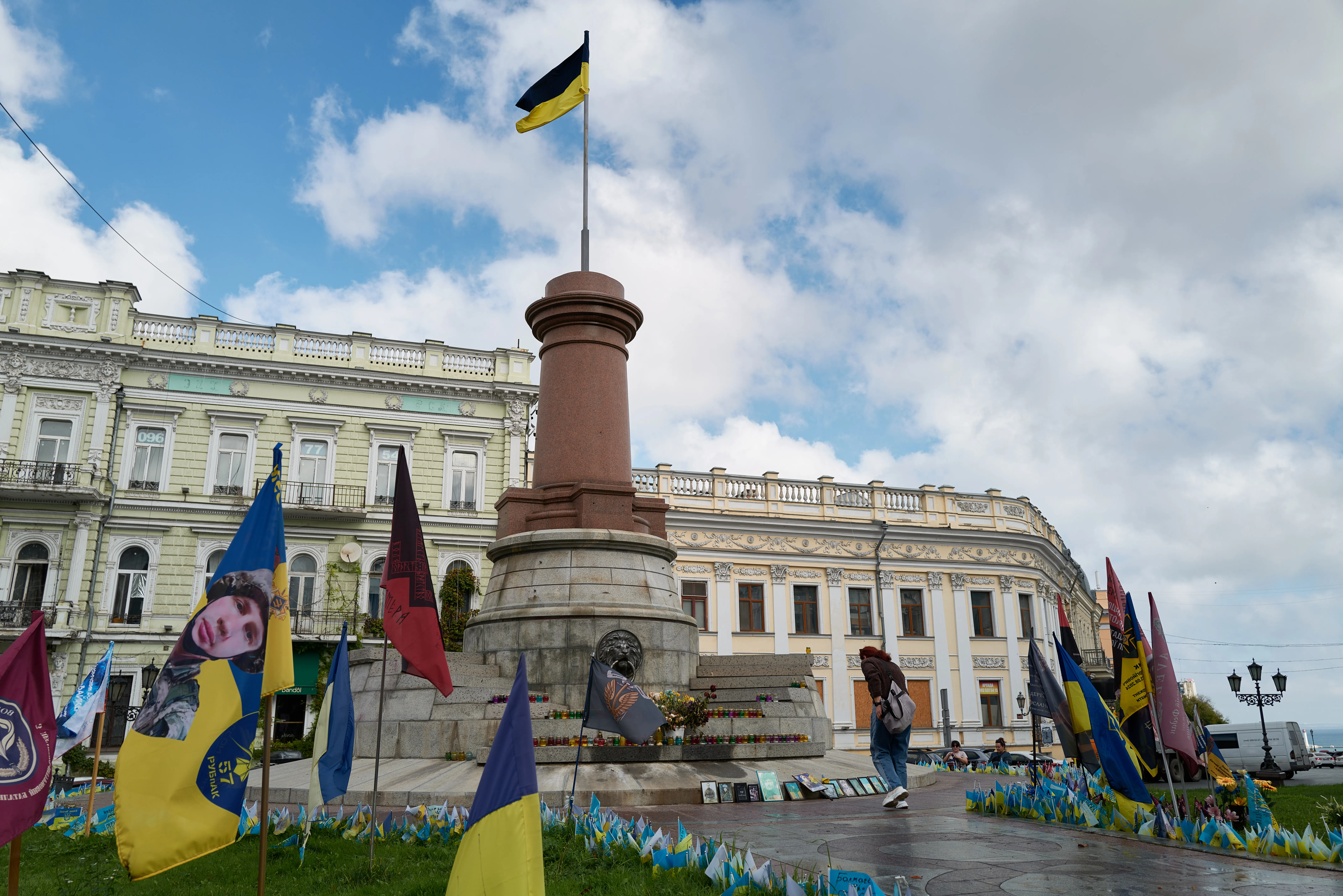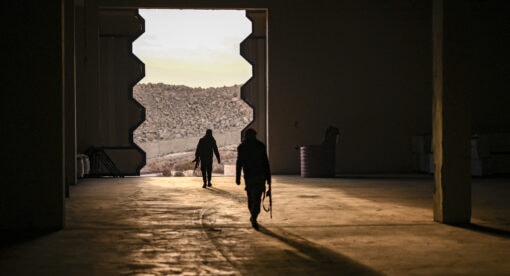Montreal’s emergence as a cultural powerhouse is no accident – it is a story of vision, deliberate investment, historical turning points, and the city’s unique position as a bridge between Europe and North America. The seeds of its vibrant artistic identity were planted as early as the 1800s when John Molson, the famed brewer and patron of the arts, established the Théatre Royal on Rue Saint-Paul. Canada’s first true performance venue showcased operas, plays, and concerts, transforming Montreal from its missionary settlement roots into a city brimming with creative energy. Over the decades, Montreal’s multicultural population, bilingualism, and global connectivity attracted more theaters and cultural landmarks, culminating in a downtown rich with icons such as the Place des Arts, the Musée des beaux-arts, and the Quartier des spectacles, a jewel of the city that reimagined its former red light district.
The transformative Quiet Revolution of the 1960s amplified this artistic revolution, which saw Quebec asserting its identity through investments in cultural institutions like the National Film Board of Canada. Expo 67 further cemented Montreal’s global standing, using art and architecture as a platform for cultural diplomacy during the Cold War. Today, world-class festivals like the International Jazz Festival and historic venues such as the Théâtre Saint-Denis and the Imperial Cinema attract creative minds and audiences from around the globe, fueling a dynamic cultural ecosystem.
Montreal’s status as a cultural hub also stems from its ability to foster a thriving creative ecosystem. The city’s more affordable cost of living, compared to the likes of Toronto and Vancouver, coupled with government-backed initiatives such as SODEC’s support for filmmakers and tax incentives for media production, has made it an attractive destination for creative talent in Canada. Additionally, the city’s bilingual, multicultural population contributes to its dynamism, offering artists a rich tapestry of influences to draw upon.
Once a critical mass of cultural infrastructure – festivals, theaters, galleries – was established, a snowball effect began to take place. The presence of these institutions attracts artists, and the influx of creative minds, in turn, strengthens the institutions and drives innovation.
The city’s commitment to culture is not just artistic but also economic. Institutions like the Place des Arts contribute $122 million annually, supporting around 2,000 jobs, while Canada’s cultural sector overall adds $61.7 billion to the national GDP – far outpacing industries like sports and forestry.
Montreal’s contrasts – a mix of French and English, high culture and counterculture, classic tradition and cutting-edge avant-garde – set it apart from many other Canadian and North American cities. This is due, in part, to the city’s history and to the influx of immigrants since as early as the World War I who reinforced its diverse cultural heritage. Nowadays, a typical night out in the city might lead from the shelves of a vintage bookshop to an experimental theater and on to a festival where musicians perform until dawn. This effortless fusion defines Montreal’s allure, shaping it into an artistic force whose influence in technology, science, music, film, literature, and art extends far beyond its borders.
A Historical Overview of Montreal’s Cultural Evolution
Long before Montreal became a cosmopolitan core, it was a thriving region for Indigenous communities, notably the Mohawks of Kahnawá:ke, who presently make up 1% of the city’s population. For more than 5,000 years, the communities living on the island built a rich cultural heritage that has endured through centuries of profound change. However, the history of the region’s Indigenous peoples cannot be separated from the impact of colonization, including forced displacement, cultural suppression, and the devastating legacy of residential schools. This school system, which began in 1831 and became federally mandated by the 1880s, was designed to assimilate Indigenous peoples by erasing their languages, cultures, and traditions. Children, separated from their families and communities, often endured physical, emotional, and sexual abuse in schools that were underfunded, overcrowded, and harshly managed. The lasting trauma of these schools, described by the Truth and Reconciliation Commission as “cultural genocide,” devastated Indigenous families and communities, eroding traditional knowledge systems and cultural practices that had been passed down for generations.
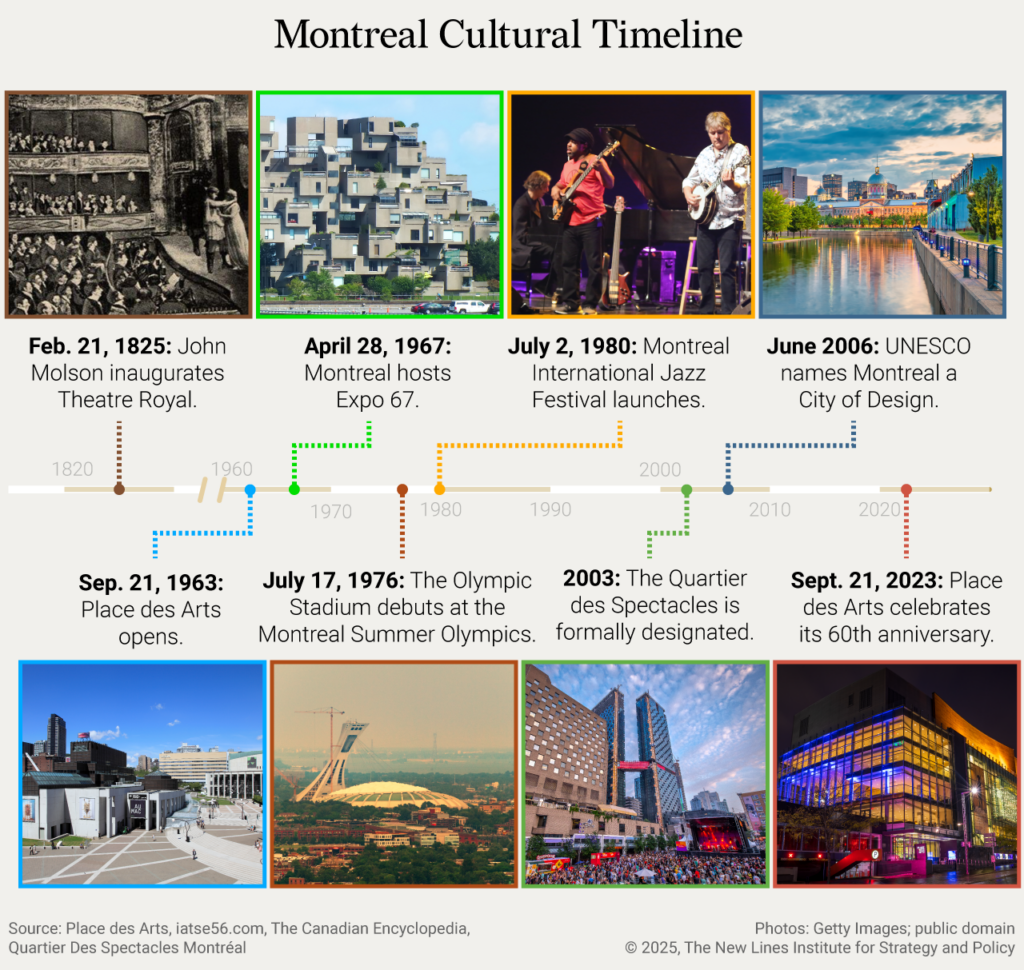
Efforts to acknowledge and address this painful history have gained momentum, particularly through the work of the Truth and Reconciliation Commission. Its Calls to Action have led to initiatives such as the creation of the National Day for Truth and Reconciliation, which aims to honor survivors and educate Canadians about this dark chapter in the country’s history. Institutions like the Native Friendship Centre of Montreal and events such as the annual First Peoples Festival are also critical in reclaiming and celebrating Indigenous cultures, ensuring that their voices remain a vital part of the city’s identity.
As soon as French explorer Jacques Cartier visited Hochelaga and met with natives, in what is now the island of Montreal, in 1535, new layers of cultural influence were introduced. Indeed, the new language spoken by the explorers, their religion, and cultural customs would leave a distinct imprint on Montreal’s current identity. Churches, theaters, and schools arose, and a European aesthetic began to emerge, particularly in architecture and early performing arts. British governance, on the other hand – notably through military presence in the early 1800s – brought contrasting sensibilities, adding English influence to the French landscape. This blend of French and British elements formed the foundations of Montreal’s dual linguistic and cultural character.
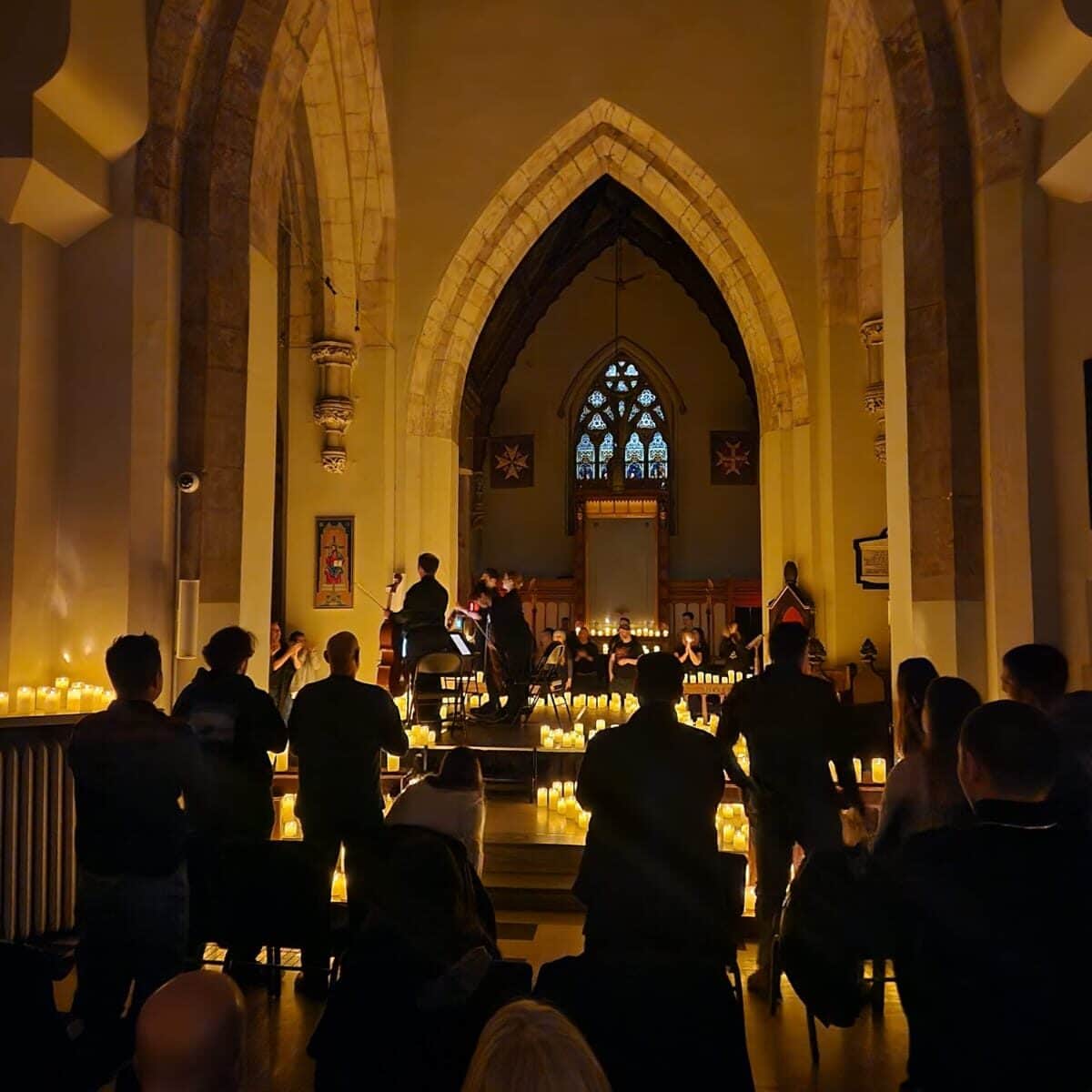
After World War II, Montreal experienced an economic and cultural surge. Evolving immigration policies and the region’s strong economy drew waves of immigrants from Europe, the Caribbean, and beyond. Italian, Jewish, Greek and Middle Eastern communities, among others, introduced new traditions, cuisine, and artistic expressions. With these arrivals, Montreal’s cultural scene expanded, becoming a patchwork of global cultures notably expressed through multicultural events and festivals.
The Quiet Revolution, a period of rapid secularization and modernization in the 1960s, prioritized French culture and autonomy. This significantly expanded the province’s public sector and increased its role in development and social programs, including investment in cultural assets. For Montreal, this resulted in an improved creative landscape. French-language theaters, publishing houses, and music festivals flourished.
Pivotal events such as Expo 67 and the founding of the Montreal International Jazz Festival in 1980 marked significant milestones in Montreal’s evolution as a cultural powerhouse. Expo 67, with its bold pavilions and international participation, drew over 50 million visitors in six months, shifting the world’s attention to Montreal and leaving a lasting legacy on its architecture and global reputation. A decade later, the Jazz Festival, recognized as the largest in the world, further elevated the city’s profile, bringing in artists and audiences from across the globe.
It comes as no surprise that the city’s music scene has produced global names, whose work – whether in English or French – has garnered international recognition. English-speaking artists such as Leonard Cohen, Arcade Fire, Godspeed You! Black Emperor, Simple Plan, and many others, have left an indelible mark on the world stage. Meanwhile, French-speaking musicians like Pierre Lapointe, Robert Charlebois, Coeur de Pirate, and international superstar Celine Dion highlight the city’s musical heritage.
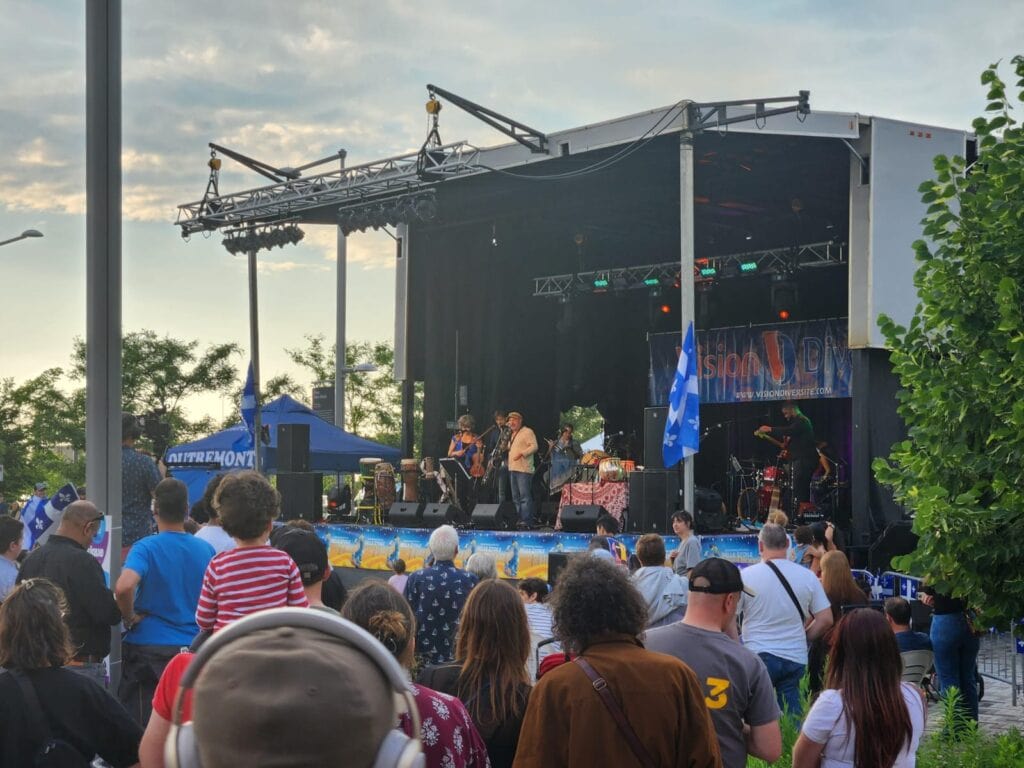
The city has emerged as a hub for cinematic innovation, thanks in part to filmmakers like Denis Villeneuve and Xavier Dolan. Villeneuve’s acclaimed works, including “Arrival” and “Blade Runner 2049,” combine artistic depth with blockbuster appeal, marking him as one of the most respected directors on the international stage. Dolan, meanwhile, has gained global recognition for films like “Mommy” and “I Killed My Mother,” which explore complex family dynamics and identity with raw honesty and unique visual style.
Their successes are not coincidental but rooted in Montreal’s rich cultural ecosystem, which nurtures creativity and experimentation. Quebec’s strong tradition of arts funding and cultural promotion plays a pivotal role in this dynamic. Programs like the Canada Media Fund (CMF) and Quebec’s arts councils provide crucial grants and financial support, empowering filmmakers to take creative risks without compromising their vision. This robust support system ensures that emerging talent can flourish, paving the way for new voices to redefine cinematic storytelling.
Additionally, Montreal’s educational infrastructure acts as a fertile ground for young filmmakers. Institutions like Concordia University’s Mel Hoppenheim School of Cinema serve as incubators, fostering technical expertise and artistic development. These schools not only equip students with industry-standard skills but also immerse them in a community that values storytelling as a vital cultural expression.
Moreover, Montreal’s vibrant film festival scene, including the Festival du Nouveau Cinéma and Fantasia International Film Festival, provides a platform for filmmakers to showcase their work, network with international peers, and gain critical exposure. This combination of institutional support, educational opportunities, and cultural celebration cements Montreal’s reputation as a cinematic powerhouse, where filmmakers like Villeneuve and Dolan can thrive and push boundaries on the global stage.
When it comes to literature and theater, Montreal boasts award-winning authors from diverse backgrounds such as Mordecai Richler, Michel Tremblay, Réjean Ducharme, Dany Laferrière, Kim Thúy, Abla Farhoud, and Lebanese-Canadian writer and director Wajdi Mouawad. Their works offer contrasting yet complementary perspectives on the city. For instance, Richler, through novels like “The Apprenticeship of Duddy Kravitz,” explored Montreal’s Jewish community and the city’s unique multicultural landscape, while Tremblay, known for “Les Belles-Soeurs,” captured the vibrant spirit of Quebec’s working class, using the French language as a vehicle for Quebecois identity.
Montreal’s Cultural Festivals and Events: Showcasing Diversity
The establishment of global music events like the Jazz Festival played an important role in Montreal now hosting no less than 90 cultural festivals per year. For 2023, the city’s municipality had a budget forecast of CAD 69.373 million, a 4% increase compared to 2022’s budget. This amount is set to finance cultural festivals and public libraries; promote artists and offer them a place to exhibit; and protect cultural heritage, among other plans. It’s also worth noting that Montreal is the city of choice for the Quebec arts community, with nearly half (48%) of the province’s, or 20,900 professional artists, working there, according to a 2024 study.
Aside from household festivals like M for Montreal, Osheaga, IleSoniq, and Igloofest, some of the most notable festivals include the Just For Laughs comedy festival, which has become an international platform. Despite a recent declaration of bankruptcy, the festival, which helped establish Montreal position as a leader in comedy, continues to influence global humor and media, underscoring the city’s diverse entertainment scene with its wide-ranging appeal. The festival is noted for having launched the careers of internationally renowned comedians including Kevin Hart, Dave Chappelle, Jimmy Fallon, and Amy Schumer. It is scheduled to return in July 2025.
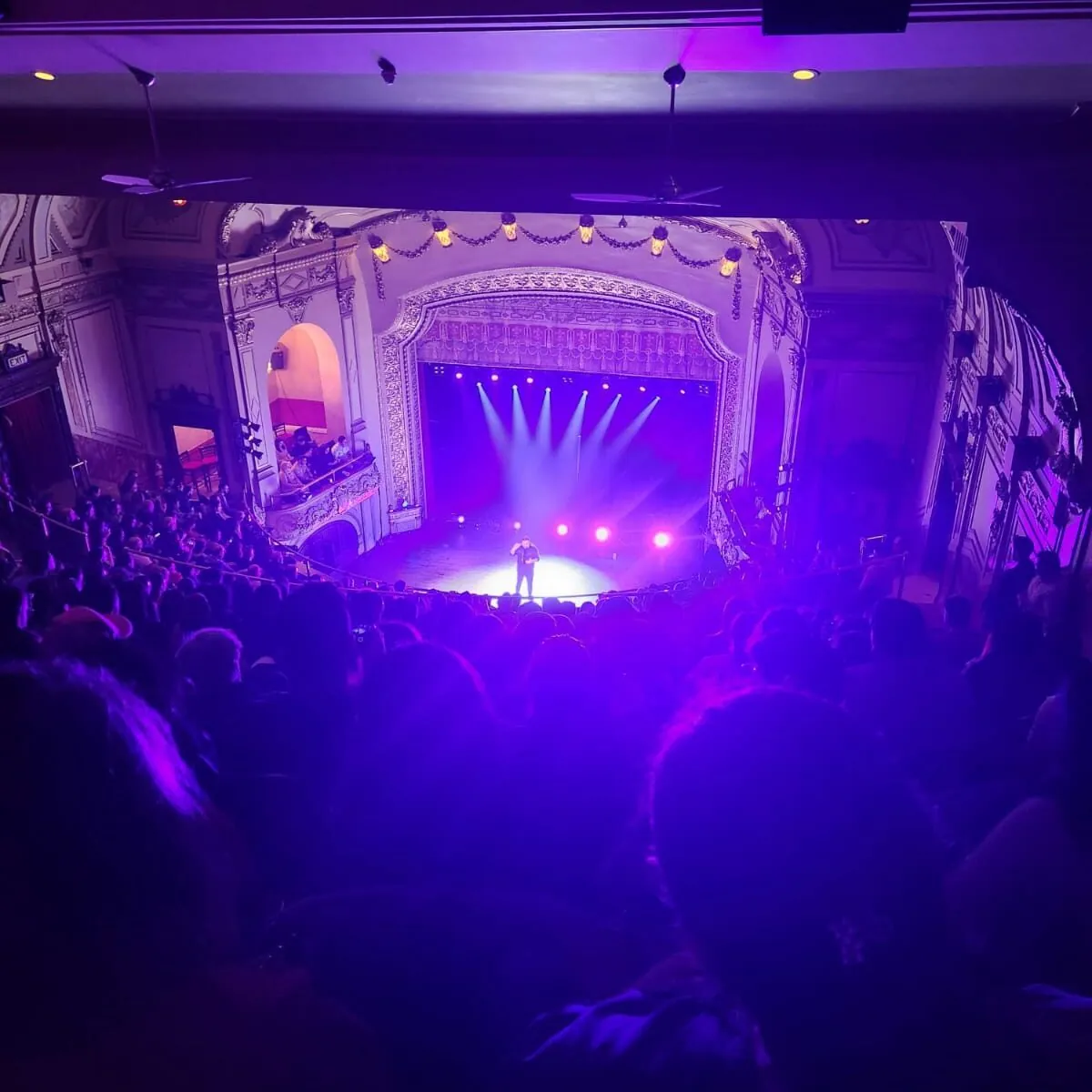
In cinema, the Montreal International Film Festival, the Festival du Nouveau Cinéma, and the Festival International du Film Black have been crucial platforms for filmmakers and cinephiles alike for over 50 years. By showcasing innovative and diverse films from across the globe, these events have helped Montreal earn recognition in the international film community and supports the city’s reputation as a nurturing space for creative cinematic voices.
The city also hosts many festivals celebrating French cultural heritage, such as the Francos de Montréal, created in 1989, and Festival de Films Francophones, which bridge Montreal’s cultural heritage with a broad international audience. It highlights the city’s role as a center for French-language arts while welcoming artists and audiences from various linguistic and cultural backgrounds, underscoring Montreal’s inclusive artistic spirit.
In recent years, modern and experimental forms of art have also taken a front seat in the city’s cultural scene, with street art gradually transforming Montreal’s urban landscape into a vibrant canvas. The city’s Mural Festival draws artists from around the globe every year and celebrates Montreal’s thriving street art culture while encouraging cross-cultural collaboration, reinforcing the city’s image as an open, innovative space where art transcends traditional boundaries. The city also hosts the Festival TransAmériques, a two-week showcase of international experimental theatre.
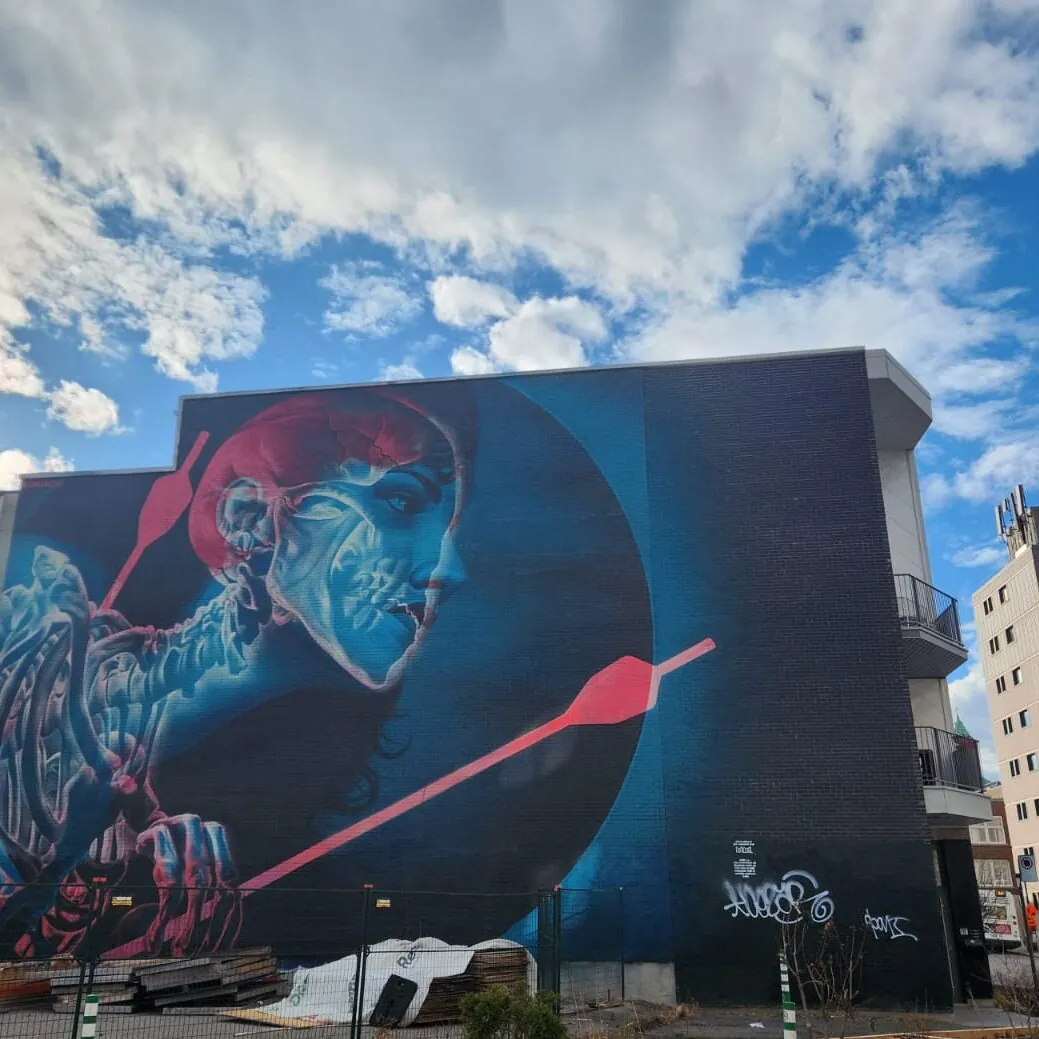
The Global Impact of Montreal’s Cultural Exports
Montreal’s diverse cultural heritage has, over the years, gained a global reach. After earning the UNESCO City of Design designation in 2006, it was referred to as Canada’s Cultural Capital by Monocle magazine in 2007. And in 2021, it was name among the best cities for culture by Timeout magazine.
Montreal’s film industry has grown from its indie roots to become a prominent player in both independent and mainstream cinema. Globally renowned talent, such as Villeneuve and Dolan, helped make it a popular location for international film productions, offering diverse urban backdrops and a skilled, bilingual workforce. Montreal’s robust film festivals further amplify its global impact by spotlighting diverse voices and indie talent, making Montreal an influential node in the global film industry.
As a bilingual city, Montreal fosters a unique literature scene where works in French and English intersect and interact, creating a robust translation culture that brings Quebecois and English-Canadian literature to a global audience. Authors from different backgrounds embody this linguistic duality, with their works translated into multiple languages and reaching readers worldwide. Translation is central to Montreal’s literary culture, as it ensures local narratives resonate on an international scale, enriching the global literary landscape with stories and perspectives unique to Montreal. Local institutions like the Blue Metropolis Festival celebrate this bilingual heritage, promoting literary exchanges and drawing authors from around the world, further positioning Montreal as a beacon of literary diversity.
Montreal is rapidly gaining a reputation as a digital arts hub, known for its pioneering work at the intersection of technology and creativity. Home to major video game development studios and studios like Ubisoft and Behaviour Interactive, the city has become an epicenter for game design and digital media, with artificial intelligence and immersive experiences also thriving. This emphasis on tech-driven creativity supports Montreal’s global role as a leader in the creative economy, attracting talent and interest from around the world and establishing the city as a hotspot for innovation in both the arts and tech industries.
Montreal’s Role as a Cosmopolitan Cultural Core
It’s clear that Montreal’s geographical and cultural position makes it a crossroads of diverse influences, fostering collaboration across artistic disciplines and international artists. The city’s mix of French and English-speaking communities, alongside immigrant and Indigenous cultures, creates a dynamic environment where collaboration thrives. This interconnectivity is seen in the broad range of festivals and events, such as MUTEK, an electronic music festival known for international partnerships and collaborations, and the Cirque du Soleil, which combines various global performance arts, and is one of the most popular events in the city.
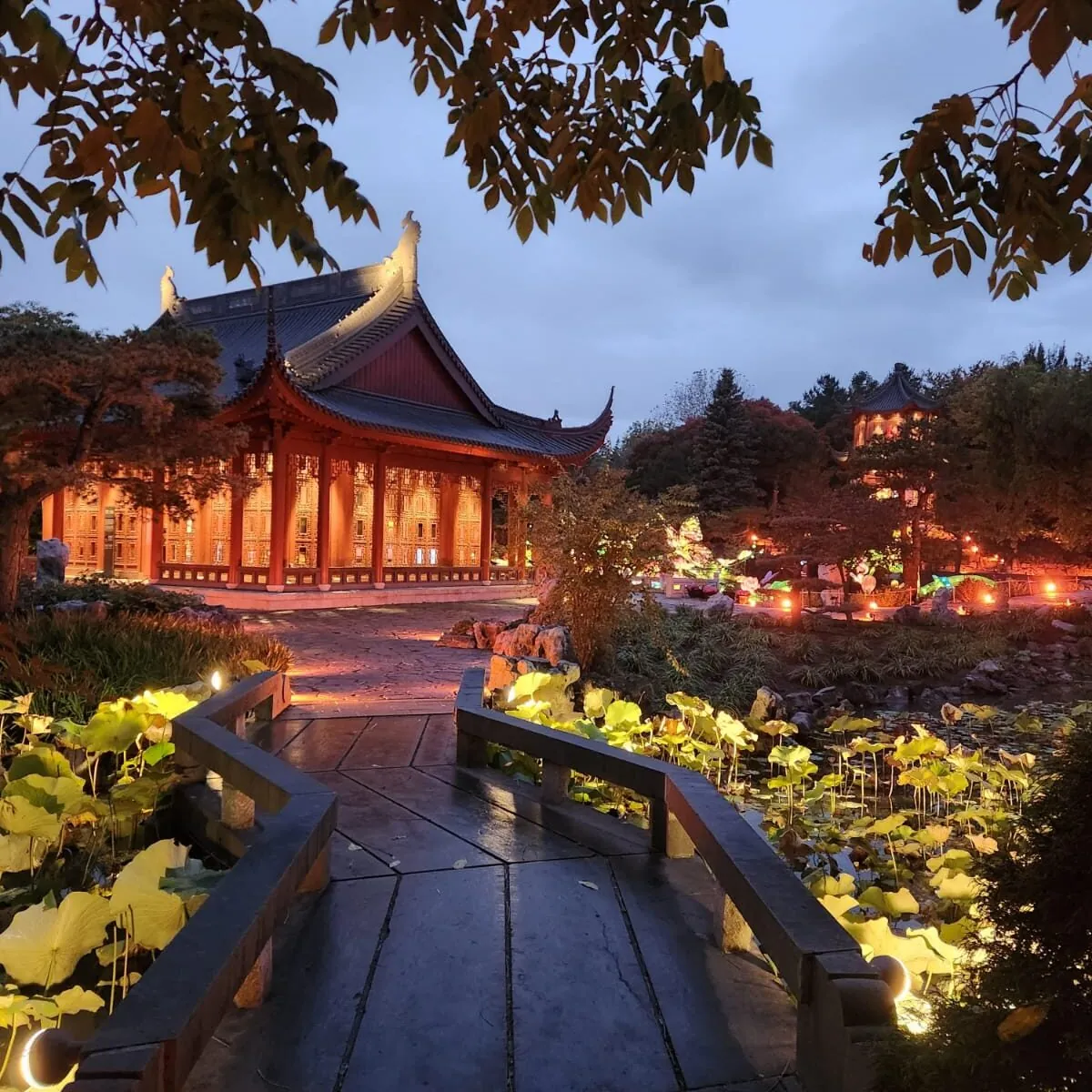
Montreal notably wields significant soft power through cultural diplomacy, positioning itself as a leader in global cultural exchanges thanks to events that promote both English and Quebecois culture. The city also actively participates in cultural partnerships with cities worldwide, using these exchanges as a means to build connections and foster understanding.
The city’s cultural scene has shown remarkable resilience, adapting and evolving in response to challenges like economic instability and the COVID-19 pandemic. During the pandemic, many local artists and organizations in Montreal and other Canadian cities pivoted to digital formats, with virtual exhibitions, concerts, and festivals keeping the city’s cultural pulse beating.
Montreal’s story as a cultural powerhouse is one of vision, resilience, and relentless creativity. From Molson’s Théâtre Royal, where operas and concerts echoed off stone walls in the early 1800s, to today’s Quartier des Spectacles, where cutting-edge performances light up the streets, the city has consistently reinvented itself while staying true to its artistic roots. The milestones of Expo 67, the Quiet Revolution, and decades of strategic investment have transformed Montreal into a global beacon of culture, offering both a rich heritage and an inclusive platform for innovation and collaboration.
This legacy isn’t just about entertainment; it’s a testament to the city’s belief in the transformative power of culture. Institutions like the Place des Arts, which supports hundreds of jobs and generates millions in economic activity, exemplify how the arts can shape a city’s identity and its future. Beyond the numbers, however, it’s the stories – of young musicians playing their first notes at the Jazz Festival, of filmmakers gaining global recognition thanks to Montreal’s creative ecosystem, and of audiences moved by a performance – that truly define the city’s cultural heartbeat.
Elie Wehbe is a journalist, digital media expert, and communications specialist. He currently serves as the community manager for the French-language Lebanese newspaper L’Orient-Le Jour, where he manages and oversees social media coverage. Wehbe, who has 15 years of experience as a journalist, has worked with Agence France Presse and the newspaper Al Balad. He has also contributed to numerous publications, notably The Financial Times and The Telegraph. Since 2023, Wehbe has been based in Montreal, Quebec. He holds a bachelor’s degree in political studies from the American University of Beirut and a master’s in journalism from Paris II Pantheon Assas. He posts on X at @Elie_Wehbe.
The views expressed in this article are those of the author and not an official policy or position of New Lines Institute.

